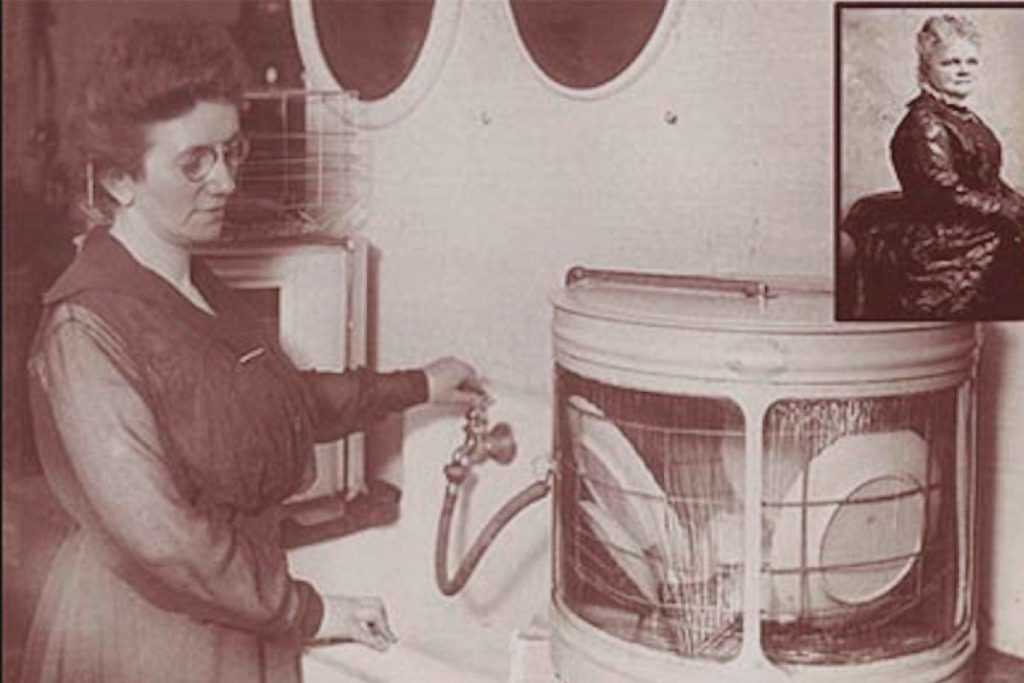Women Entrepreneurs: The Long Walk to Success


Like many female entrepreneurs, Josephine Cochrane, who invented the first commercially successful automatic dishwasher in the 1880s, started her business out of a combination of passion and necessity. Frustrated by the damage being done to her heirloom china and crystal, the Chicago socialite began exploring how to create a machine that would reduce both labor and the amount of handling the fragile items were subjected to.


After the death of her husband in 1883 left her with crushing debts, Cochrane set out to build a viable machine – and a business. In 1886, she was awarded a patent; in 1893 her invention was awarded the top prize at Chicago’s Columbian Exposition. By 1897 her business had outgrown the facility where she contracted out manufacturing and she opened her own factory; today, the business she started is part of the Whirlpool Corporation.
Cochrane described to a reporter what it was like going for a business meeting at Chicago’s Sherman Hotel in the 1880s. “You cannot imagine what it was like in those days … for a woman to cross a hotel lobby alone. I had never been anywhere without my husband or father —the lobby seemed a mile wide. I thought I should faint at every step, but I didn’t….”
Female entrepreneurs have been walking in Cochrane’s proverbial footsteps ever since – and making enormous strides. Women-owned businesses have grown five times faster than the national average, according to the sixth annual State of Women-Owned Businesses Report, commissioned by American Express. Between 2007-2016, the annual growth-rate for all new-business formation was 9%, while women-owned businesses formed at a 45% annual growth rate.
These businesses – which numbered 11.3 million in the U.S. in 2017 — employ nearly 9 million people (8% of the private sector workforce) and generate more than a $1.6 trillion in annual revenue.
Ironically, female entrepreneurship got a boost from the Great Recession. The net number of new women-owned businesses peaked at 1,143 during the recession and recovery period between 2007 and 2012, according to the report. Before the Recession; the number was 714; in 2016, it was 827. The report notes that a disproportionate number of businesses were started by minority women; partially because of lack of opportunity afforded to non-white women. Indeed, women the world over choose entrepreneurialism for a variety of reasons: lack of opportunity, the proverbial glass ceiling, a desire for greater control over their own destinies, and wanting to pursue their passions. In a 2014 study of female entrepreneurs, 47 percent named passion as their primary motivation.
Whatever their reason for pursuing the entrepreneurial path, women owe a debt to the undersung trailblazer Cochrane – both literally and figuratively – and to capitalism itself. While no less a critic than Soviet Premier Nikita Khrushchev derided capitalism and household appliances as forces that held women back, social historian Stephen Davies argues the opposite is true. “Capitalism liberated women from material constraints arising from the reality of living in a world of little innovation, slow or nonexistent growth, and chronic material deprivation,” writes Davies. “Modern capitalism produced a suite of devices and innovations that physically freed women from the demands and limitations of domestic labor.”
Cochrane was exacting in her recollection of that walk across the lobby of the Sherman Hotel: “I got an $800 order as my reward.” For the generations of women she helped free from domestic tedium and the countless female entrepreneurs for whom she serves as a role model, the value of that journey is can’t be measured.

